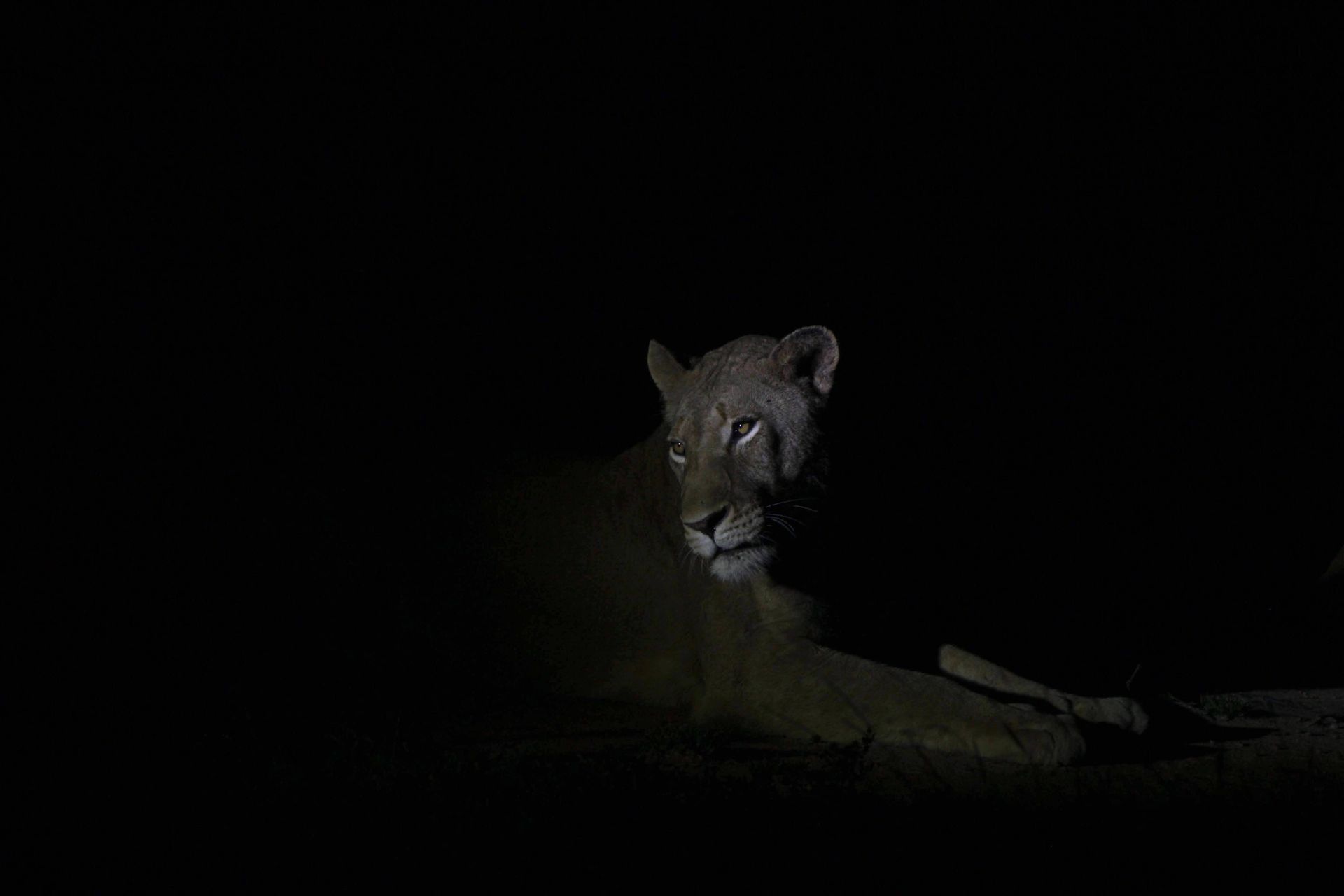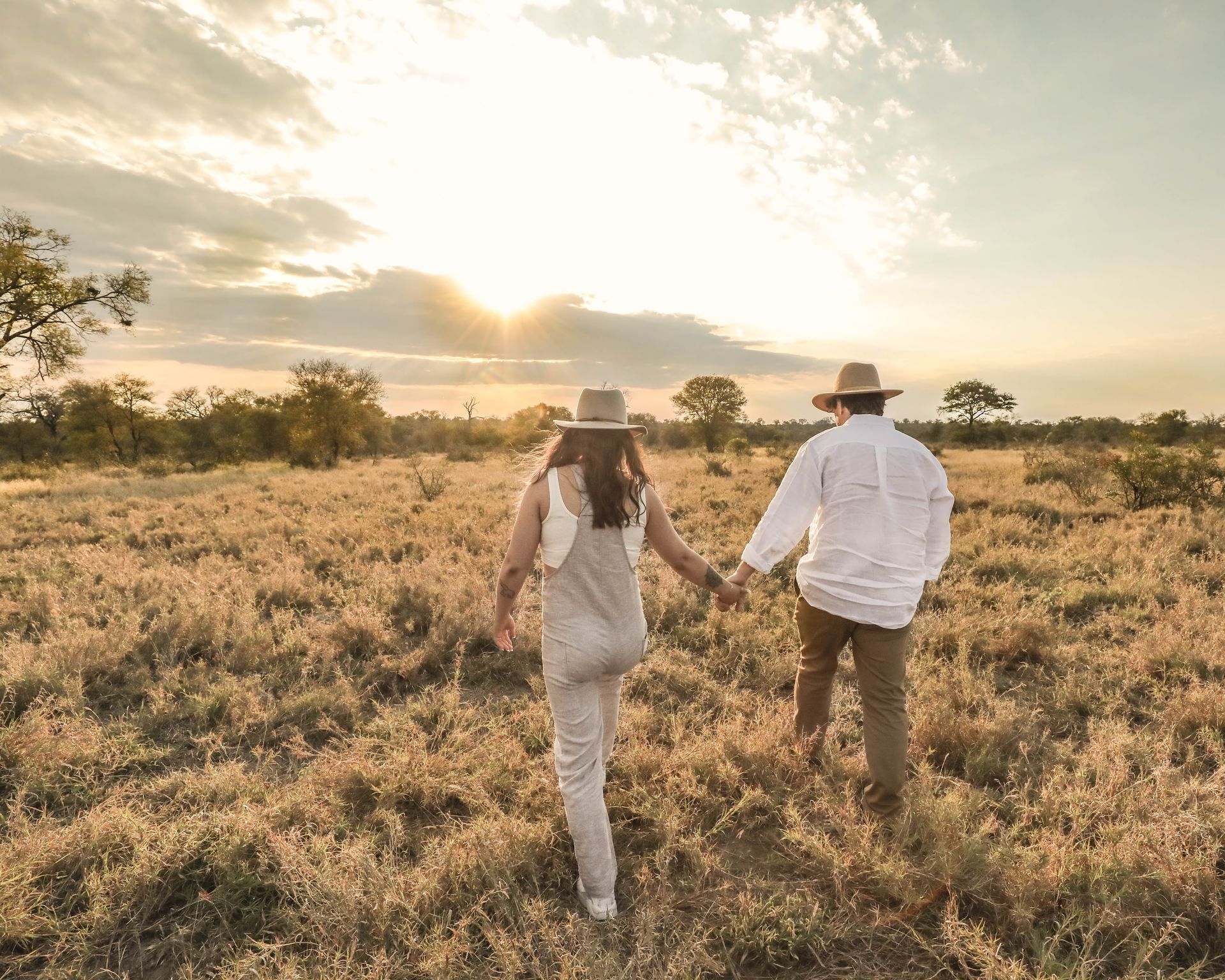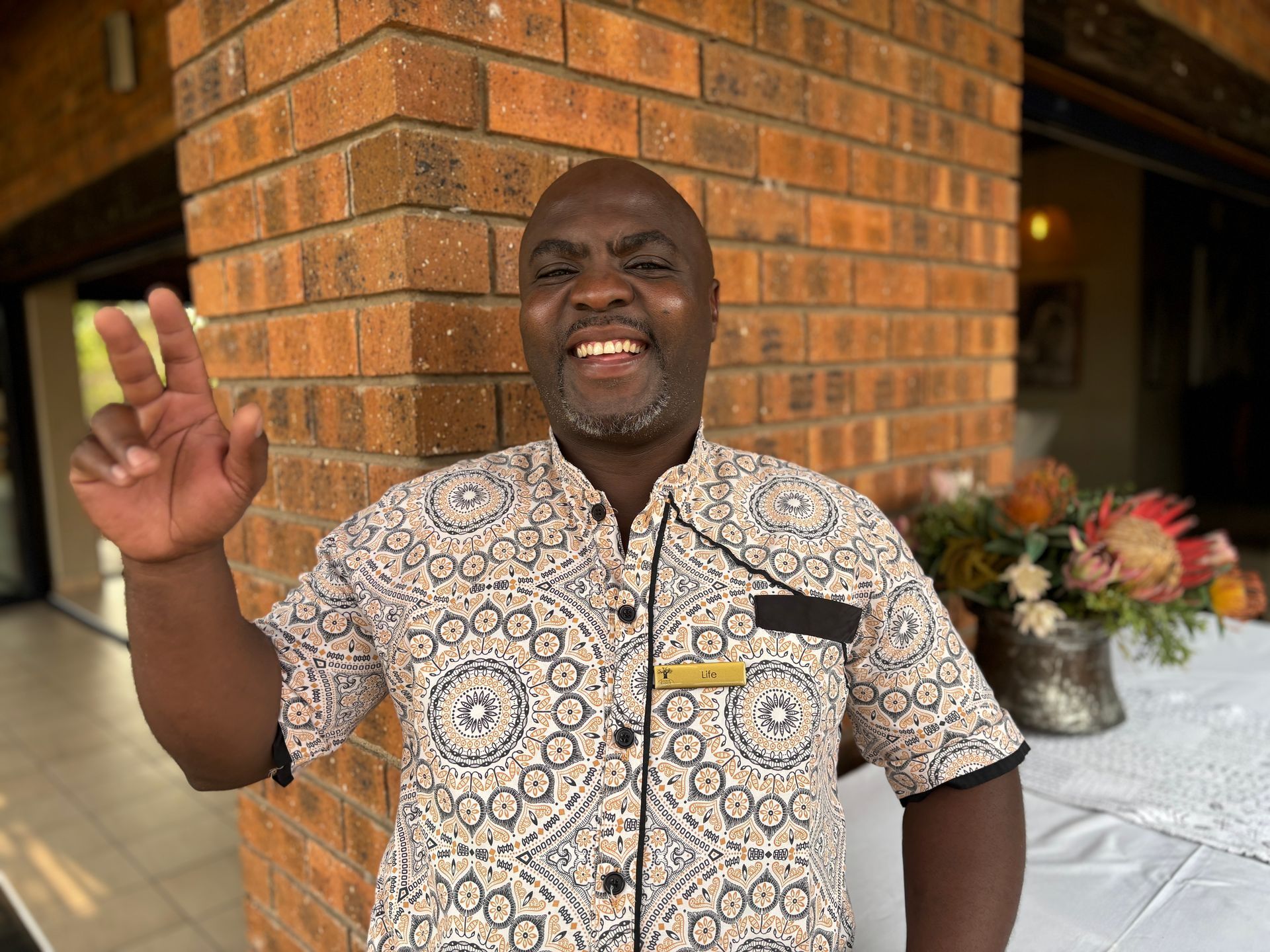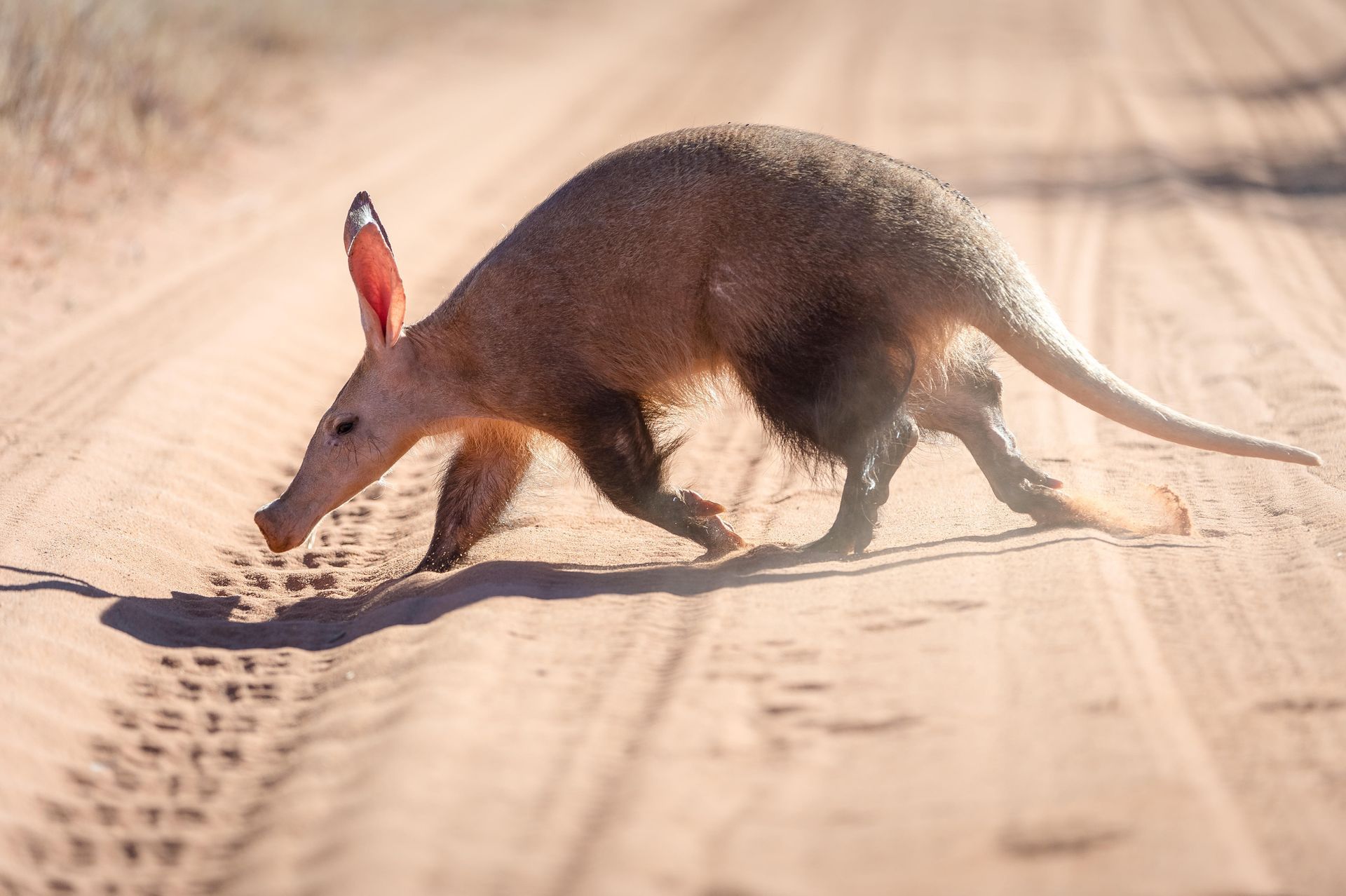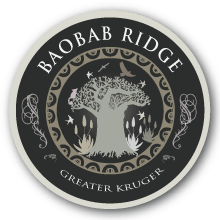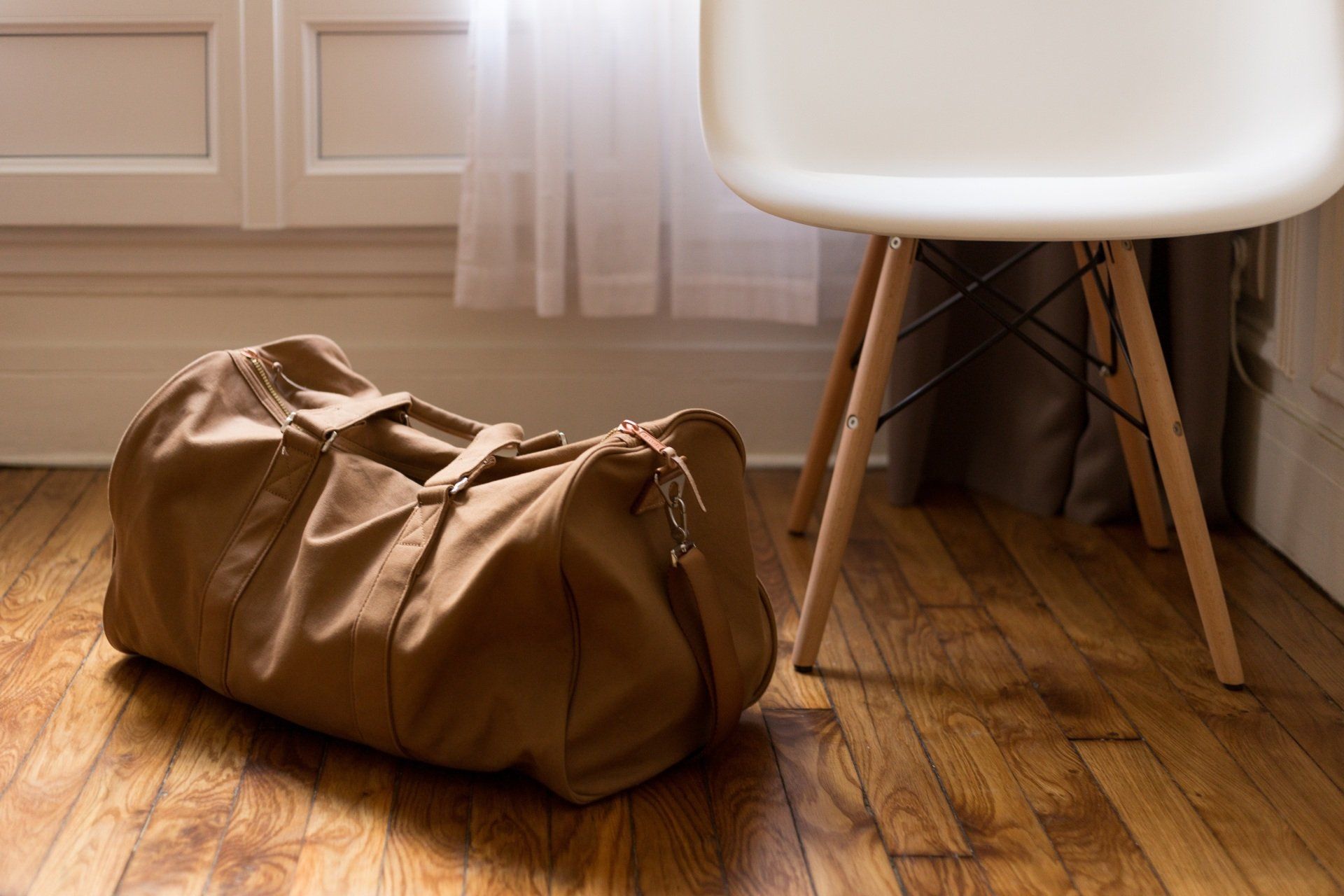Safari tips: packing for the bush
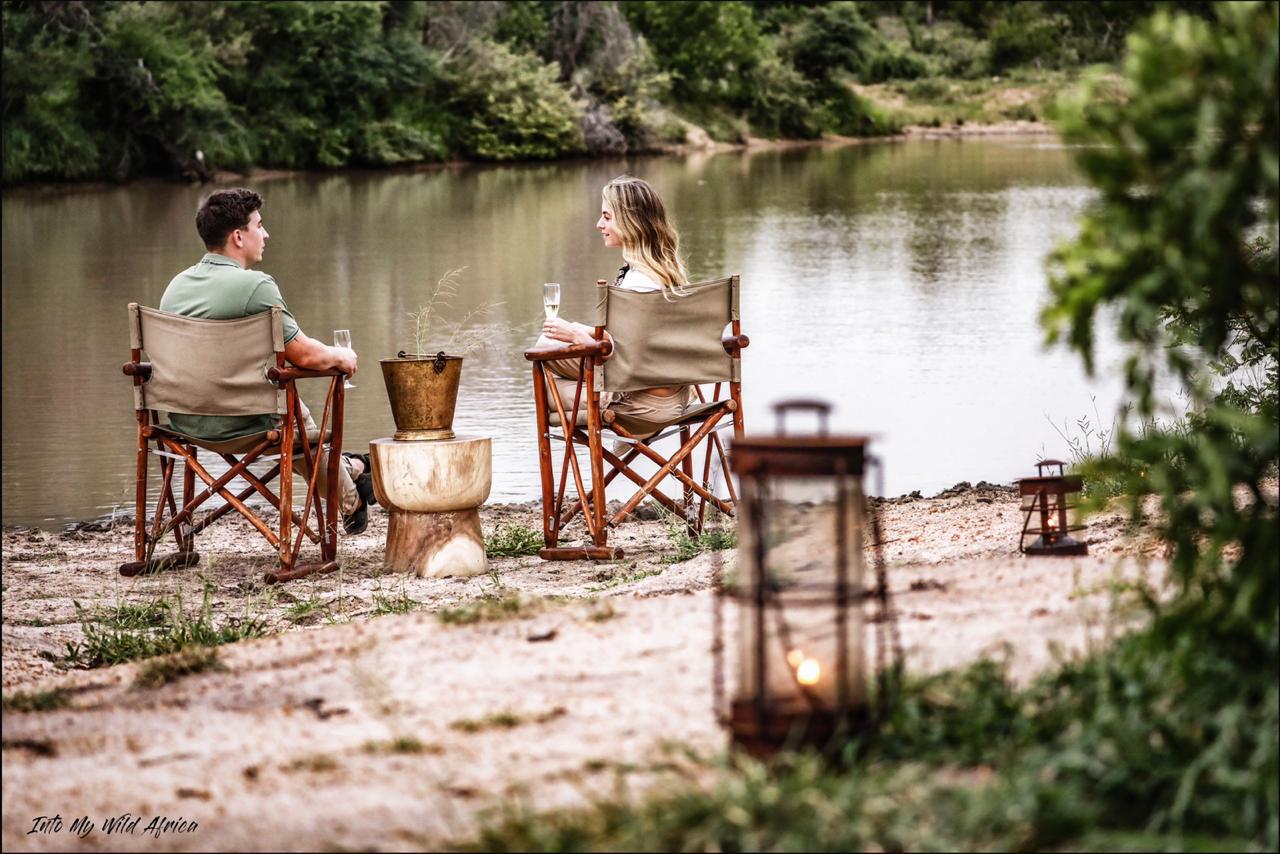
A HANDY GUIDE TO WHAT TO BRING ON SAFARI...
When it comes to packing the perfect bag for your Baobab Ridge safari, the first rule of thumb is to understand the seasons here in the Klaserie... For a start, if you're used to the northern hemisphere's seasons you've got to wrap your head around the fact that here in the southern hemisphere they're completely the opposite of what you're familiar with!
We're now heading into winter, which officially starts on 1 June, running to the end of August. On 1 September it's spring, which lasts until the end of November, with summer kicking off on 1 December. Autumn/Fall starts on 1 March and lasts till the end of May.
The end of autumn and winter and the start of spring are our dry season, when there is little rain and cooler temperatures. The heat usually begins to build up in October until the start of the rains - which normally get into top gear from November onwards. The rainy or wet season is a lot hotter, more humid and is typified with dramatic thunderstorms and heavy downpours.
That's not to say that we don't ever get rain in the dry season, or never have a remarkably dry wet season! Like the rest of the world, climate change has played havoc with Africa's seasonality and some years we experience drought when the rains fail or aren't good.
The "peak" season for safari - when the game viewing is at its best - is from June until the rains begin, when the bush is open and dry and animals gravitate to permanent water sources. Once the rains come the bush is lush and green and very dense, sometimes making it harder to spot species like leopard and the more secretive predators. The upside is that the rainy season is the best for birding by far, with our local endemic species joined by summer migrants from elsewhere in Africa, Europe and Asia.
Here in South Africa's Greater Kruger we have a wonderful winter climate with warm sunny days and temperatures reaching 30 deg C and cool to cold nights, when the temperature can drop to below 10 deg C. If you come on safari at this time, you'll need warm clothes for the early morning and afternoon/evening game drives. By this we mean a beanie, scarf, gloves, warm jacket or fleece, long trousers and closed shoes.
In the mornings the temperature begins to rise with the sun, so the higher the sun gets the warmer it gets. In the afternoons/evenings, the opposite applies, so as the sun drops it gets colder. This means you need to dress in layers, putting them all on in the mornings so you can take them off as it gets warmer, and bringing them with you in the afternoons so you can add them as it gets cooler.
In spring and summer you'll rarely need anything warmer than a lightweight, waterproof wind-cheater - we provide waterproof ponchos on our game vehicles in case of rain. So T-shirts and shorts are the order of the day! One downside to this time of the year is that as soon as it rains, the insect activity increases, so you'll may like to include a long-sleeved shirt or long pants for protection against things like mosquitoes. We have bug spray on all of our vehicles and available for use in our common areas but feel free to bring your own!
A hat or peaked cap is essential all year round, as are sunglasses.
When it comes to selecting your clothing for your safari, go for neutral colours like beige, khaki, browns, paler blues etc. These colours help you to blend in to the environment when out on game drives. In winter, jeans are always a good bring, along with a good pair of boots or walking shoes. But also include shorts, T shirts and a swimsuit for sunbathing and swimming at the pool deck.
Here's a quick guide to things that are great to pack for your safari:
Shorts
T-Shirts
Long-sleeved shirt
Long pants
Sandals/flip-flops
Closed walking shoes
Cargo pants/cut-off pants
Lightweight sweater
Windbreaker/lightweight jacket
Fleece (winter)
Beanie (winter)
Gloves and scarf (winter)
Hat/cap (all year)
Sunglasses (all year)
Swimsuit (all year)
Camera
Binoculars
Sunscreen
Make sure your clothes are comfortable as you'll be spending at least six hours a day sitting in our open game viewing vehicles exploring the African bush! It's also good to remember that unless the weather is really inclement, we dine outside in true al-fresco fashion! Breakfast/brunch and afternoon tea are served on the deck and dinners take place around a crackling log fire in the boma under a canopy of stars. You are always welcome to freshen up and change for dinner after your afternoon/evening game drive if you like - the choice is yours.
